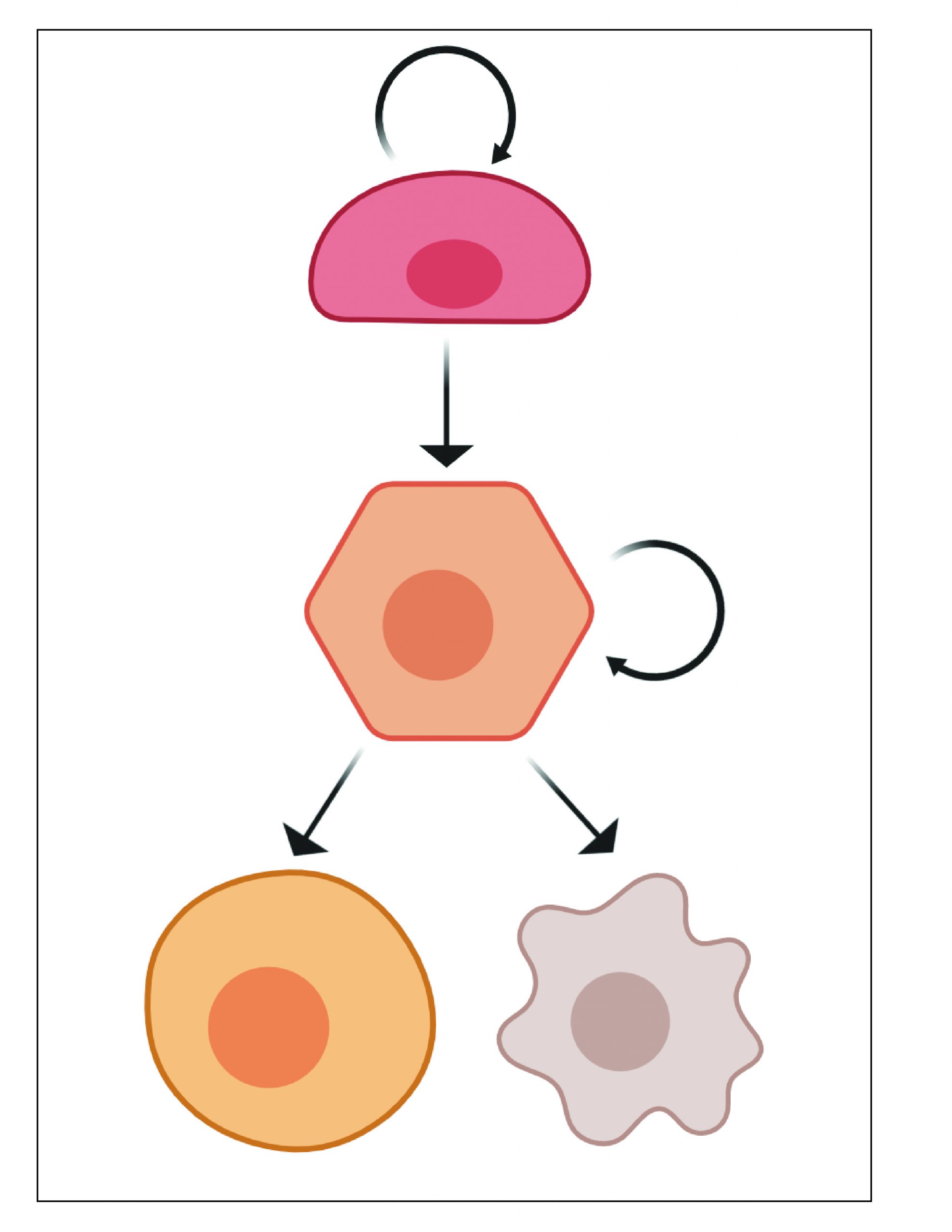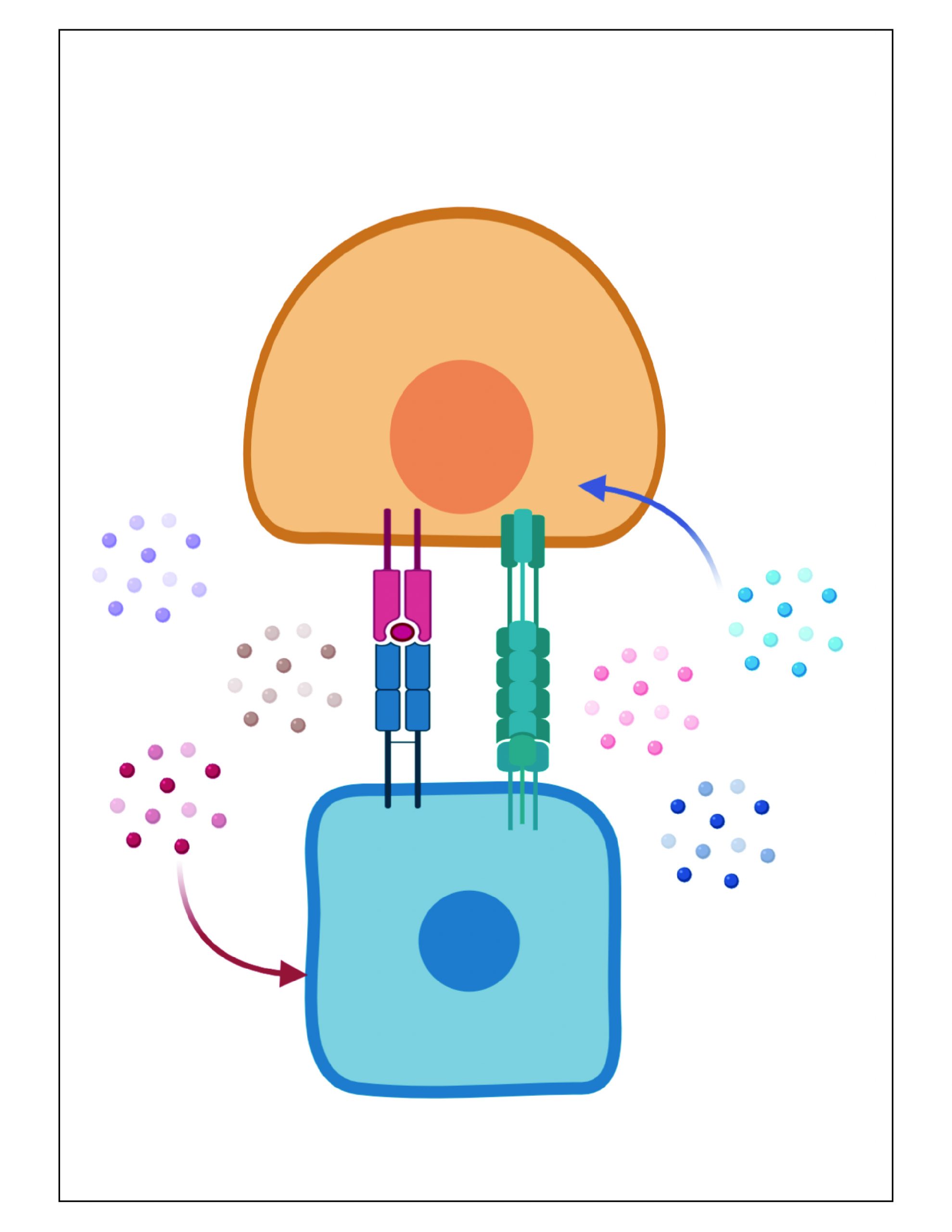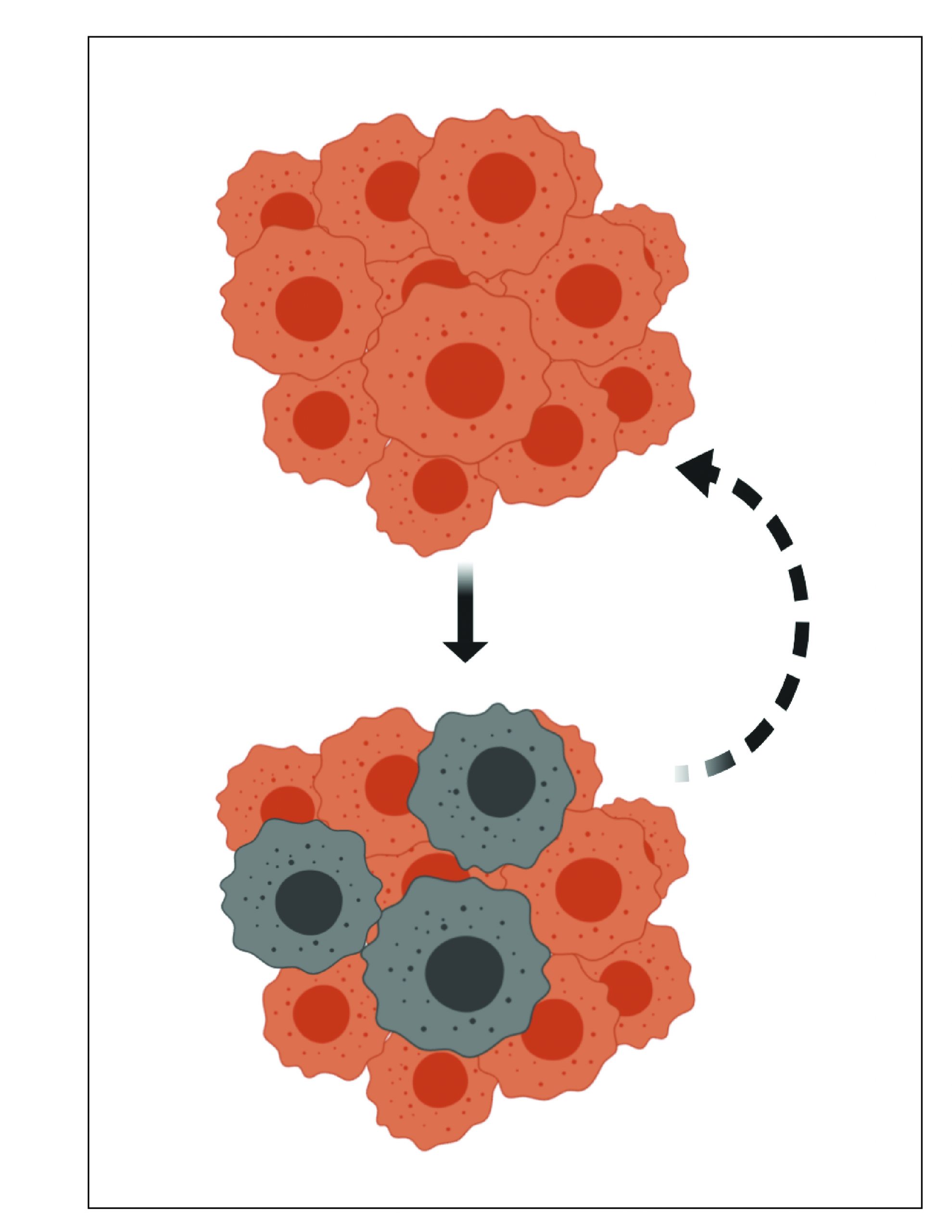Mission
Despite active cell proliferation, differentiation and apoptosis, mammalian organs maintain their size and function, indicative of a delicately balanced program that regulates cell population dynamics. Dysregulation of this homeostasis results in imbalances that can give rise to aging, and aging-related diseases(e.g., neurodegenerative disorders and cancer). The central vision of our lab is to investigate how does a cell population maintain homeostasis and how it is disrupted in aging and diseases. Our primary approach is to develop state-of-the-art genomic techniques to profile and perturb cell dynamics at single-cell resolution and dissecting its connection with internal transcriptome state and external cell-cell interactions. Our long-term goal is to leverage this knowledge to develop cell-type-specific engineering tools to enhance cell population robustness or restore cell population homeostasis.
Research Directions
- Cell state dynamics and genomics – visualizing cell population dynamics at single-cell resolution and dissecting its connection with internal transcriptome/epigenome state.

The function of mammalian organs is maintained by the behavior and dynamics of individual cells. Rapid advances in genomics are creating unprecedented opportunities to explore the biology of organ systems at single-cell resolution. However, nearly all technologies for profiling complex mammalian tissues fail to capture dynamics, such as cellular proliferation, migration, or apoptosis, nor changes in epigenetic or transcriptional state. Towards overcoming this, we will develop single-cell genomic techniques that link molecular features (e.g., transcriptome, epigenome) with cell state-specific behaviors (e.g., proliferation, apoptosis) at single-cell resolution. With these techniques, we will concurrently profile the transcriptome, epigenome, and cellular temporal dynamics in each of thousands to millions of single cells, such that we can not only visualize cell population dynamics in real-time but also dissect its connection with internal transcriptome/epigenome state.
- Cell state dynamics and microenvironment – profiling single-cell microenvironments at scale and investigating environmental signals regulating cell state dynamics

Cell-Cell interactions and environmental signals play a crucial role in establishing cell state identities and regulating cell state dynamics. The main focus of this aim will be to develop state-of-the-art single-cell genomic techniques that enable the systematic profiling of single-cell state, dynamics, and microenvironments at scale. Leveraging on these methods, we will explore how the cellular behaviors are regulated in response to environmental changes in cancer and aging-related diseases. Besides, with the linked genomic information in each single cell, we will dissect the role of genomic features (e.g., transcriptome, epigenome) responsible for cell state dynamics.
- Developing tools for targeted in vivo cell perturbation

While current single-cell genomic techniques enable increasingly comprehensive profiling of cell states, we still lack effective strategies for manipulating cell states and population dynamics in vivo. For future therapeutic goals(e.g., restoring organ homeostasis), we aim to develop the platform and tools for targeted cell perturbation in vivo, through screening robust, highly cell-type-specific regulatory modules. Leveraging on these tools, we hope to investigate the rules governing cell population robustness in our body, with the goal of developing efficient strategies to enhance or restore cell population homeostasis in cancer and aging-related disease.
